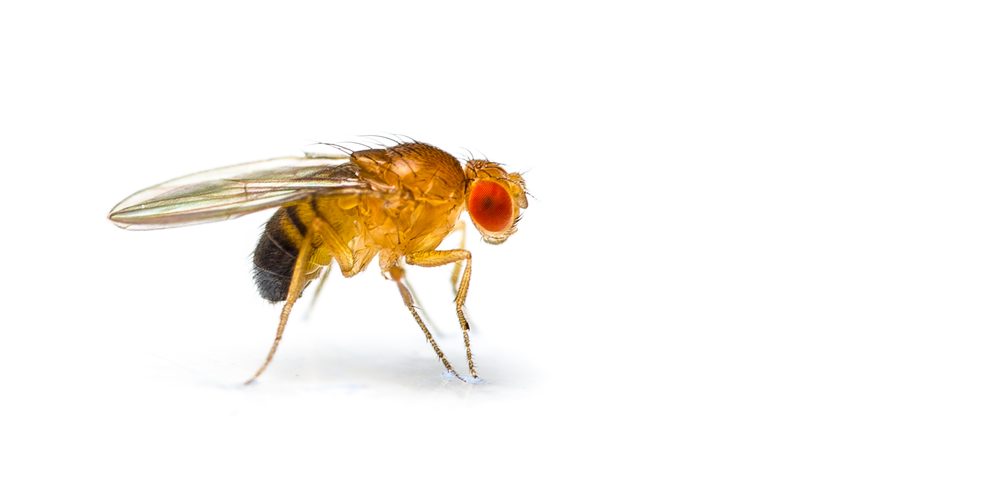Domain-specific Mutations Affect Stability of SMN Protein in Fruit Fly Model of SMA

Mutations in a specific region of the survival motor neuron (SMN) protein cause it to lose its stability at high temperatures, leading to a loss of motor function and viability, according to a study in a fruit fly model of SMA.
Future studies investigating the role of this region in the overall stability of the SMN protein may open the door to the development of new therapies for spinal muscular atrophy (SMA), the study’s researchers say.
The study, “Temperature-sensitive spinal muscular atrophy-causing point mutations lead to SMN instability, locomotor defects and premature lethality in Drosophila,” was published in the journal Disease Models & Mechanisms.
SMA is caused by mutations in the SMN1 gene, resulting in very low levels of the SMN protein that is essential for the survival of motor neurons, the nerve cells responsible for controlling voluntary muscles. This, in turn, leads to progressive muscle weakness, impaired mobility, and breathing difficulties.
It is well-known that slight changes in the levels of the SMN protein driven by the SMN2 “backup” gene — a gene similar to SMN1 that normally remains unaffected in SMA patients and can also provide instructions to make SMN — can have a strong impact on SMA severity.
This has also been explored therapeutically by Spinraza (nusinersen), an approved disease-modifying treatment marketed by Biogen that works by increasing the production of functional SMN protein driven by SMN2.
“Thus, deeper insight into mechanisms that regulate SMN protein stability should lead to better therapeutic outcomes,” the researchers wrote.
These investigators from the discovered that patient-derived missense mutations in the SMN1 gene can lead to alterations in a specific region of the SMN protein, called the Tudor domain, that affects both the levels and stability of the protein.
Missense mutations are those in which an alteration in a single nucleotide (DNA building blocks) in the gene’s DNA sequence can change protein composition.
The study used Drosophila fruit flies that had been genetically engineered to carry patient-derived missense mutations that altered SMN’s Tudor domain.
When monitoring the development of fruit fly larvae containing these mutations, the researchers found these animals were highly sensitive to temperature changes. In fact, a slight increase in temperature of 2–3 C (35–37 F) was enough to decrease the animals’ viability, their ability to move normally, and their adult lifespan.
Additional experiments revealed these disease-related effects stemmed from the fact that these particular mutations decrease the stability of the SMN protein at higher temperatures.
The researchers then took advantage of this association between protein stability and temperature to manipulate the levels of the SMN protein during different stages of fruit fly development to assess when its presence would be more important.
They found that during larval stages, only small amounts of the SMN protein were required. However, once the fruit flies advanced into a pupa stage — where they go through a process of metamorphosis before becoming adults — they required much higher levels of the protein.
“This previously uncharacterized period of elevated SMN expression [levels], during which the majority of adult tissues are formed and differentiated, could be an important and translationally relevant developmental stage in which to study SMN function,” the investigators wrote.
“In conclusion, we have discovered a domain-specific effect on SMN stability that affects SMN protein levels, motor function and viability in Drosophila models of SMA. Further study of the Tudor domain and its role in the stability of SMN protein might be an important avenue for developing future SMA treatments that are effective in combination with existing therapies,” they concluded.







